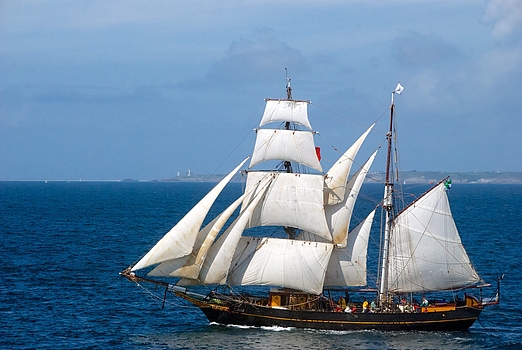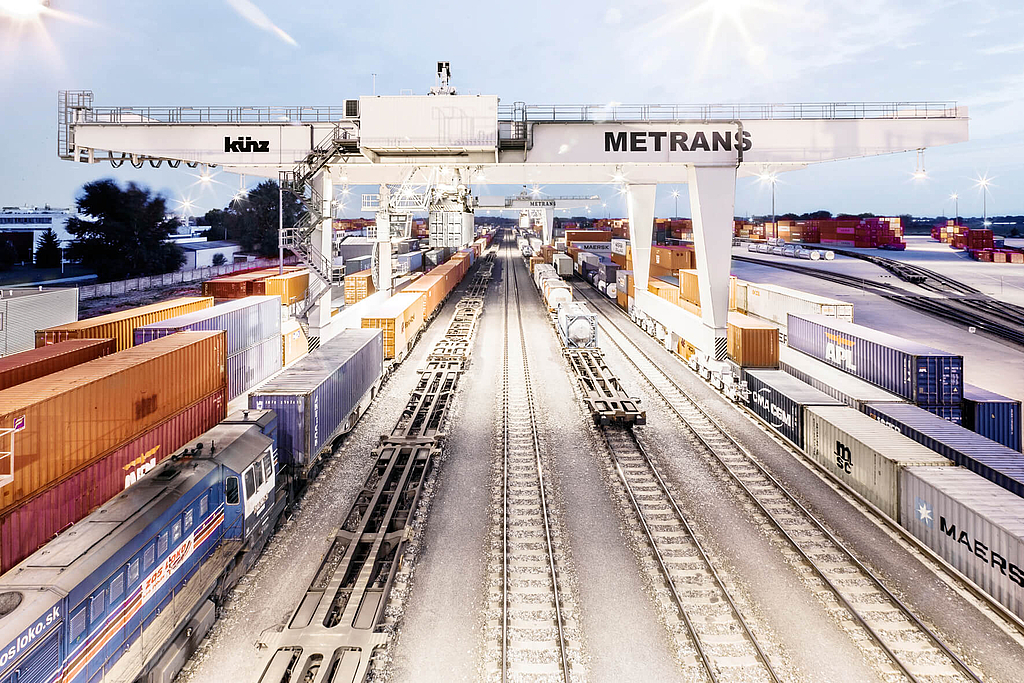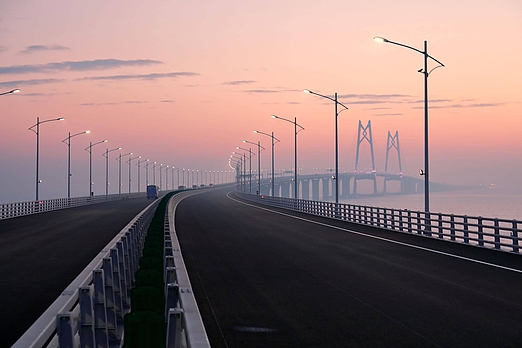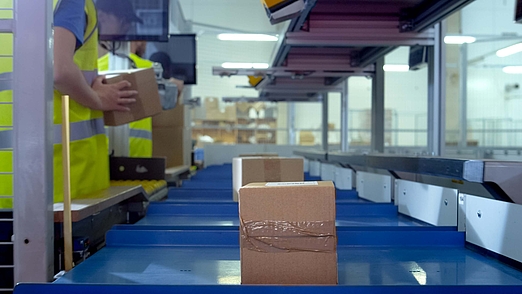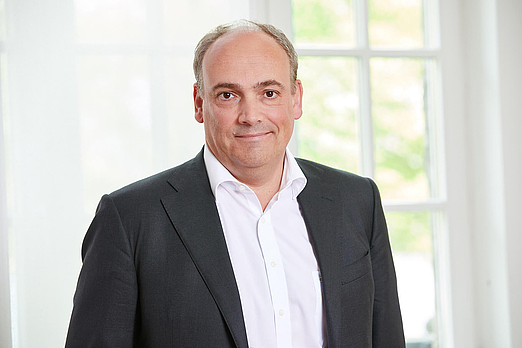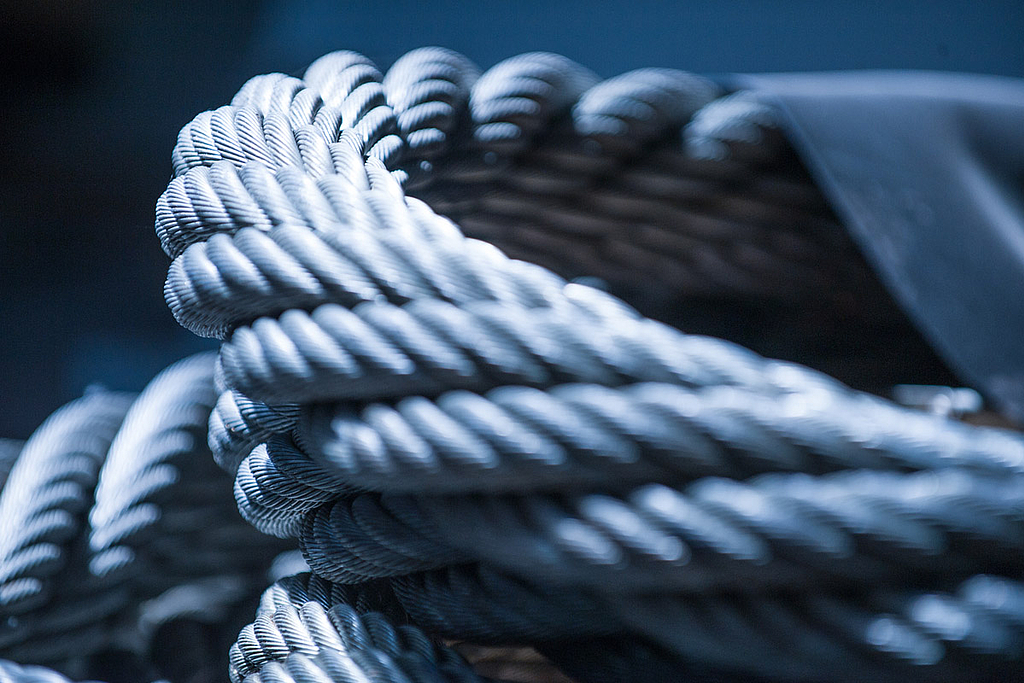“METRANS is already part of the New Silk Road”
- Interviews
METRANS took up operations in Prague in 1991 and has since developed into a market leader for container transports in sea port hinterland traffic with Central, East and Southeast Europe. The HHLA subsidiary's dense network comprises more than 500 highly frequented rail connections per week with sea ports to the North Sea and the Adriatic. The company operates inland terminals, has an own fleet of railcars and offers a comprehensive range of services. We spoke to CEO Peter Kiss about the current market situation, China's New Silk Road, open capacities in Slovakia and the recently announced cooperation with the Russian Transcontainer.
"The cooperation with Transcontainer is very important to us. Not only for transports to and from China, but also in regard to transportation to and from CIS countries."
Peter Kiss summarizes METRANS' recent cooperation with the Russian company "Transcontainer".
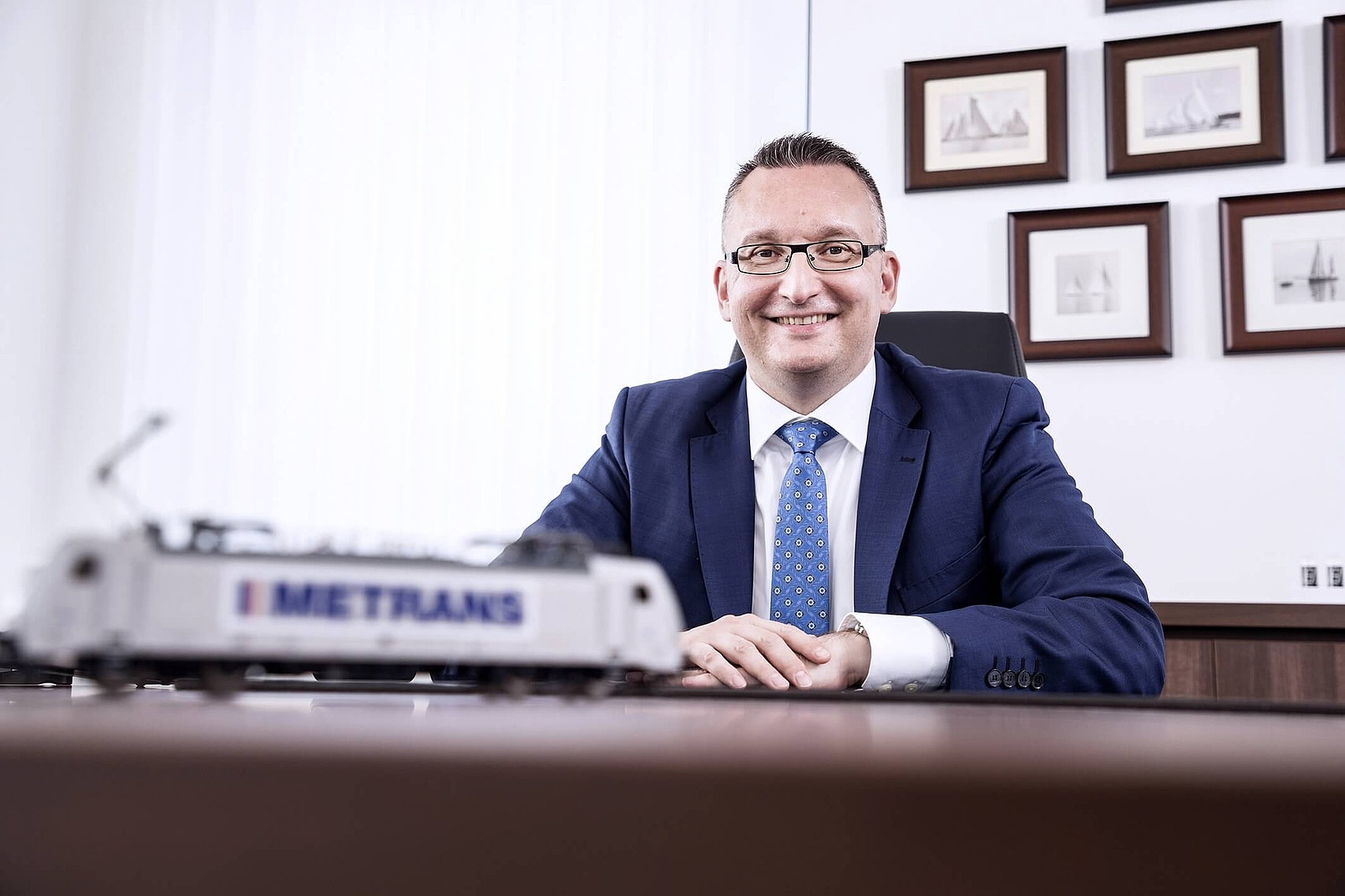
“I do not expect that I will ever see a ‘wide gauge’ coming to Vienna, but there is already a solution that works: the terminal of Dobra, which is owned by Slovakia and operated by Transcontainer. This option should be expanded. We see lot of potential in routing CIS transports and China transports via the Dobra terminal in Slovakia [...] in addition to Malaszewicze... ”
The METRANS CEO is pessimistic about an extension of the wide gauge network into the heart of Europe, but sees an alternative.
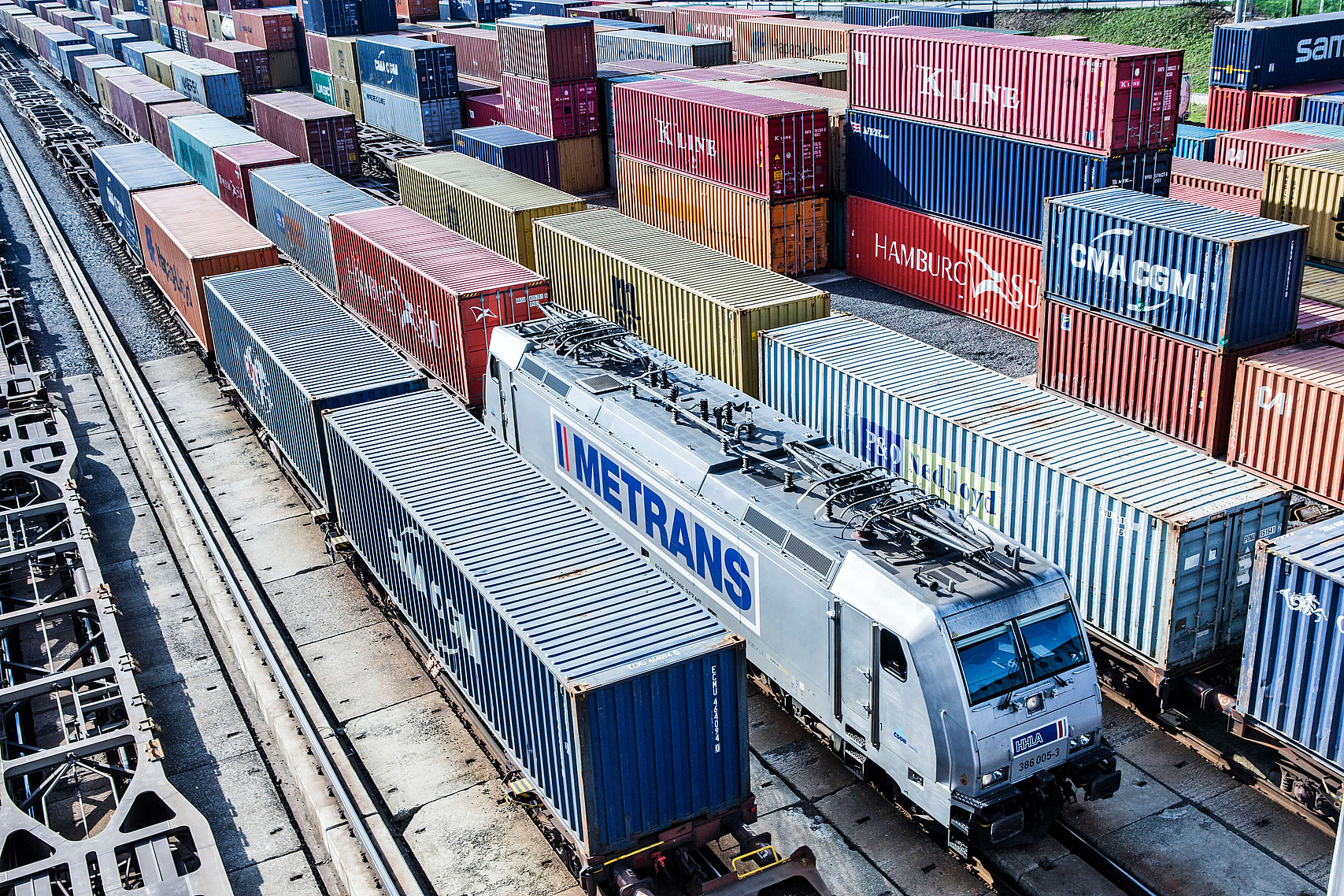
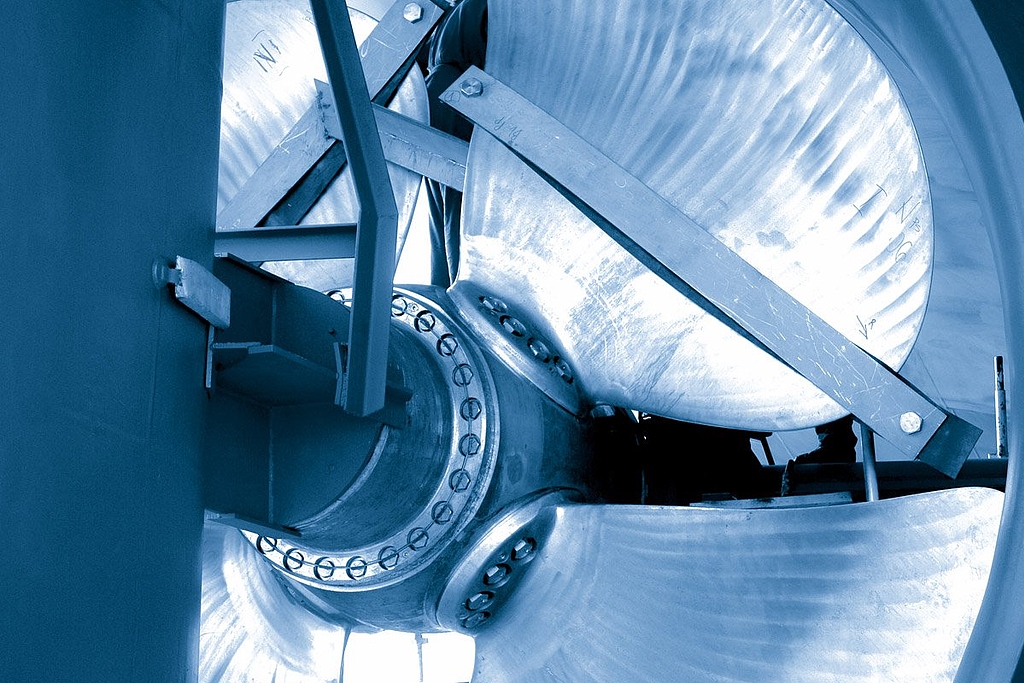
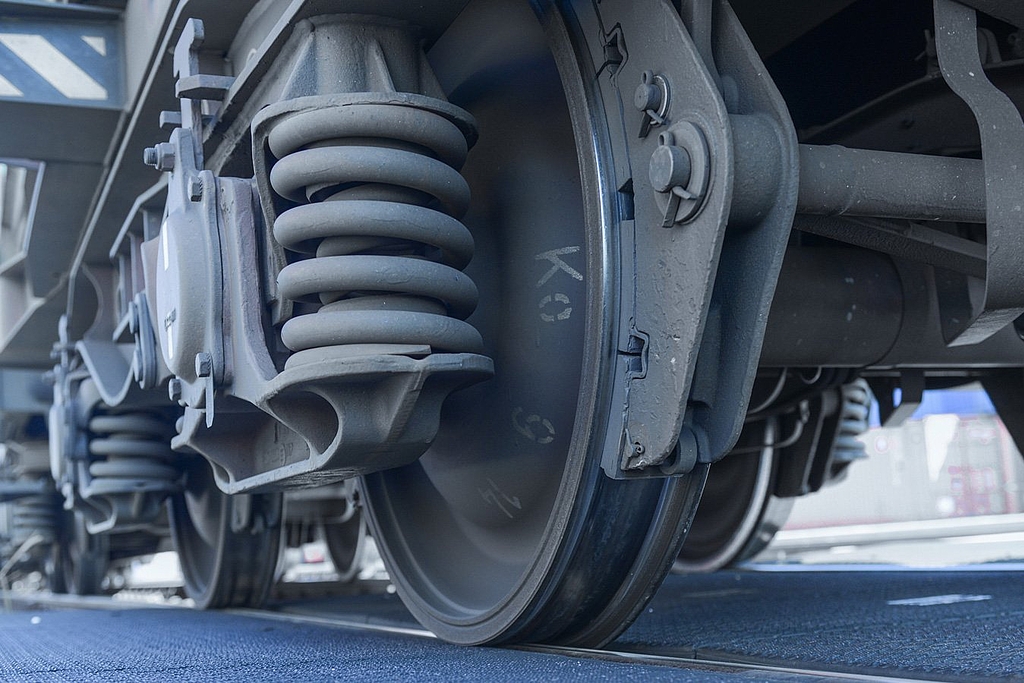
Our rail service is 50% faster than sea cargo and 60% less expensive than air cargo, giving you the best of both worlds.
Rail transport is a fast, cost-effective and environment-friendly alternative to air and sea freight. Our specialized teams will create the optimal rail transport concept for any commodity.
Find out more
